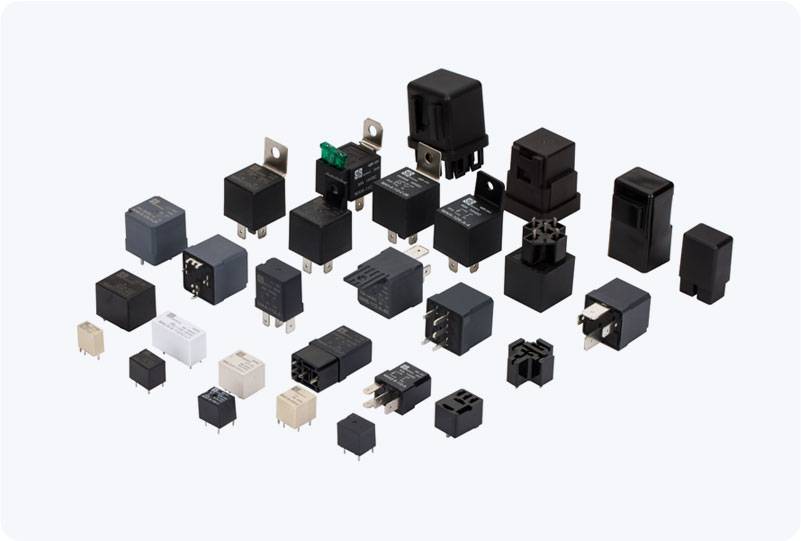The 12V automotive relay is an essential component in the electrical system of modern vehicles. This small but crucial device allows for the control of high-current electrical circuits with low-power control signals, making it an indispensable part of various vehicle systems, including lighting, air conditioning, and starting systems. In this article, we will explore the working principle, applications, and importance of the 12V automotive relay in today’s automotive industry.

What is a 12V Automotive Relay? At its core, a 12V automotive relay is an electromechanical switch that uses a low-voltage electrical current to activate or deactivate a larger electrical current in a circuit. It operates on a 12-volt system, which is the standard voltage for most modern vehicles’ electrical systems. The relay consists of an electromagnetic coil, contacts (usually a set of switching points), and a spring that ensures the contacts return to their original position when the current is no longer applied. When a small current flows through the coil, it generates a magnetic field that attracts the contacts, closing the circuit and allowing the flow of a higher current. Once the control current is turned off, the spring returns the contacts to their open state, breaking the circuit. This ability to control large currents with a relatively small input makes the relay a critical element in automotive electronics.
Leave a Reply